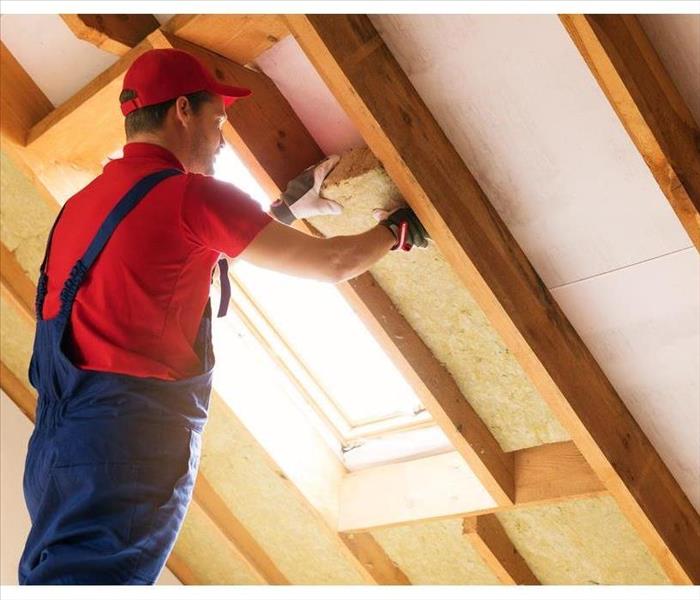How Winter Storms Can Lead to Frozen Pipes in Your Building
5/14/2021 (Permalink)
Why Do Pipes Freeze In The Winter
Rain storms are not the only type of severe weather that can damage your Peoria, AZ, property. Snow storms, and the cold temperatures that accompany them, can be just as harmful. Specifically, winter storms can cause pipes to freeze and then break. This can lead to a buildup of standing water.
As the temperature drops, water expands and turns into ice. This puts extra pressure on the pipes holding the water. If the condition persists, you could end up with at least one burst pipe. While this problem can occur anywhere, it is most common in:
- Pipes that run against poorly insulated walls
- Outdoor pipes such as sprinkler lines
- Pipes that supply water to unheated areas such as cabinets and basements
Thawing Frozen Pipes
If you notice minimal water trickling out of an open faucet, you likely have a frozen pipe in your building. You need to thaw this pipe immediately before it bursts and necessitates flood cleanup services.
Keep the faucet open as you do this. The flowing water should melt any remaining ice, further reducing your chances of a burst pipe.
First, you have to locate the pipe that has frozen. Check in the coldest areas of the building first. Once you find the pipe, use a space heater, a hot towel, a hair dryer or a heating pad to warm the pipe.
Preventing Frozen Pipes
Ideally, you should stop pipes on your property from freezing at all. The best way to do this is to add insulation to basements and other cold areas of the building. You should also keep any bathroom and kitchen cabinets open so warmer air can circulate near the pipes in those locations.
Floods do not only occur during rain storms. Cold winter storms can cause a burst pipe to spray water all over your building. You thus need to keep your pipes as warm as possible and thaw any frozen ones immediately.



 24/7 Emergency Service
24/7 Emergency Service
